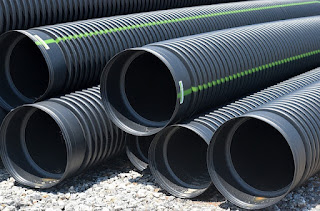Unveiling the Excellence of KPT Piping: Your Ultimate Eco-Friendly Solution

In today's rapidly evolving industrial landscape, the quest for cutting-edge piping solutions that combine durability, eco-friendliness, and superior performance has become paramount. KPT Piping, a name synonymous with innovation and reliability, has risen to meet this challenge, offering incomparable piping solutions right at your fingertips. With a dedication to quality and a commitment to sustainability, KPT Piping has emerged as a frontrunner in the industry, providing a range of products that redefine the standards of piping excellence. High Resistance to Aggressive Chemicals One of the most critical aspects of any piping system is its ability to withstand the harsh effects of aggressive chemicals. KPT Piping excels in this regard, offering piping solutions that exhibit remarkable resistance to a wide range of corrosive substances. This feature ensures that your industrial processes remain uninterrupted and safe, even when dealing with highly reactive materials. By choosing ...



